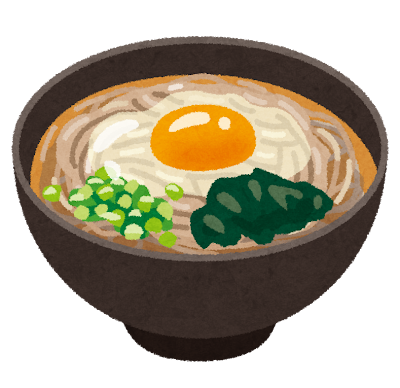Hello! How are you? It is the blog How Unique Japan!
We always share features of Japan through this site!
So, what comes today?
This time, we would like to introduce a Japanese food! Thankfully, our food products are nowadays getting popular (so much) around the world.
Noodles are an example. Although originating in China, Japan has various noodle styles. Somen, udon, and ramen, for instance.
So, we will show one more. It is the rival (in our opinion) of ramen, Soba noodles. Why did we say the rival? Soba is incredibly popular in Japan.
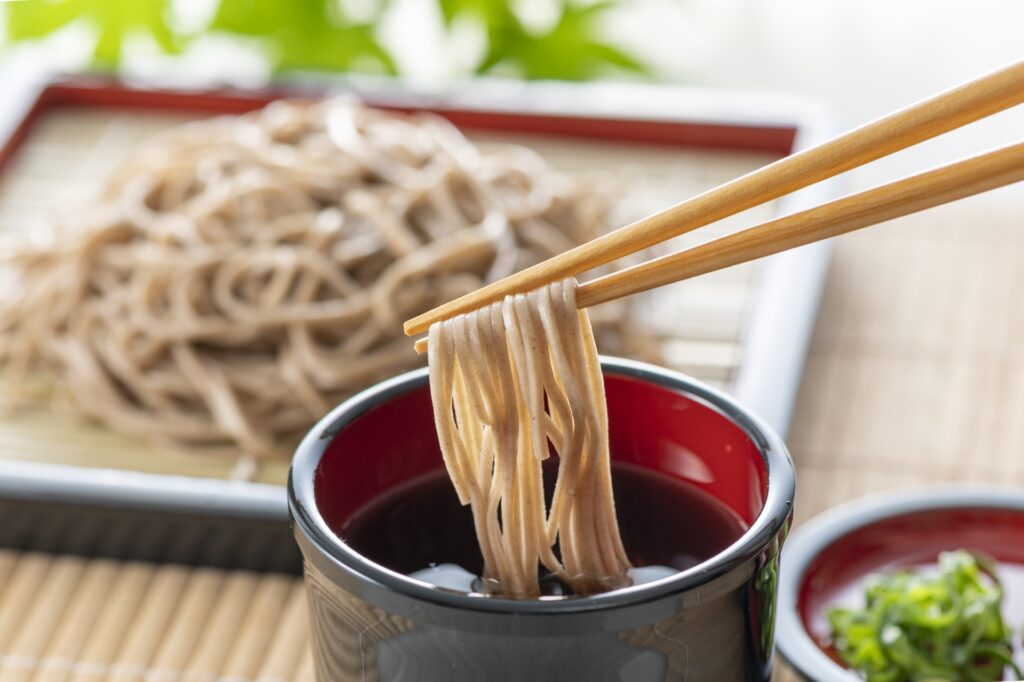
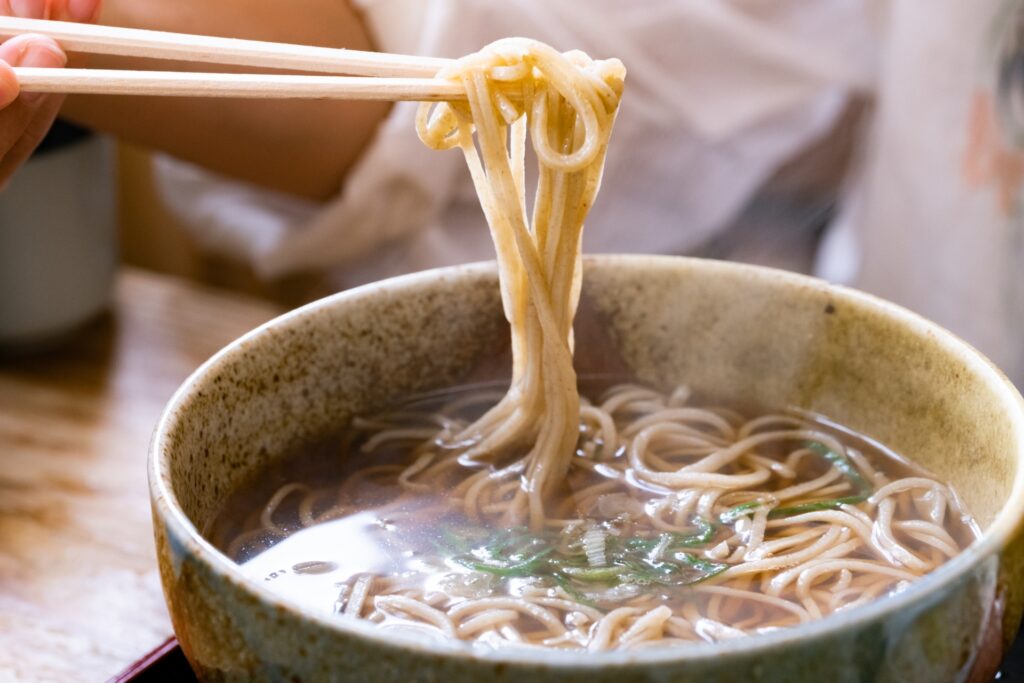
In the Edo era from 1603 to 1868 AD.
Soba noodle chefs established shops everywhere in the city, and some owners did their business till late at night. Surprisingly, chefs usually carried portable stalls for temporary business.
We now have approximately 30,000 Soba restaurants in Japan. However, this number is not definitive, as nobody counted accurately.
Yes. This time, let us dig into more details for such a unique noodle.
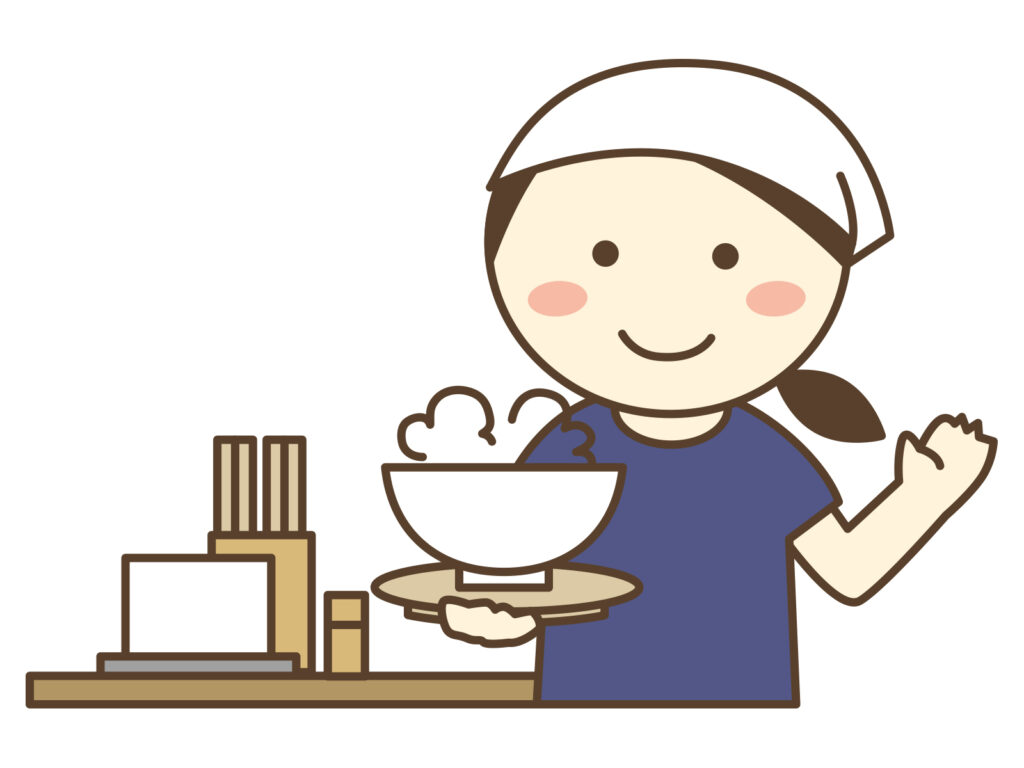
History
First of all, what is Soba?
By the genuine translation, it means buckwheats. We Japanese had eaten the seeds for a long time. The first sign is surprisingly from a ruin. It is 9000 years old. Unbelievable!
It is not yet. The proof was not about eating with a fossil of outer skin. It was the (devastated) portion of pollen. That was an enormous surprise for the researchers.
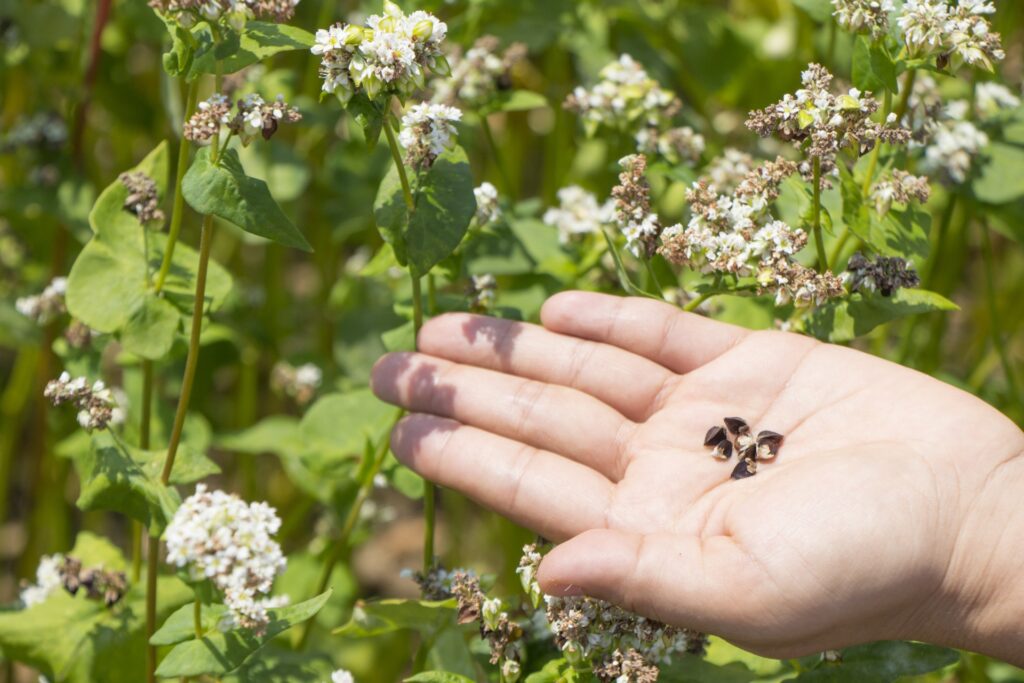
So, the discovery was also a sign of cultivation and harvest.
Indeed. The ancients already utilized the seeds as food or stocks. The seeds have walked with Japanese history.
However, the seeds originated in China (one theory says), and the culture of noodles with buckwheat also exists in other Asian countries.
What makes such noodles popular and unique in Japan?
It is the variation.
Next, let us see the revolution of buckwheat in Japan.
The improvement of the Soba menu
Firstly, it did not form a noodle style.
In ancient times, they ate them directly or with porridge.
And later, they ground seeds into powder and formed a cake with water (named Sobagaki).
Okay, when did the seeds get the noodle form?
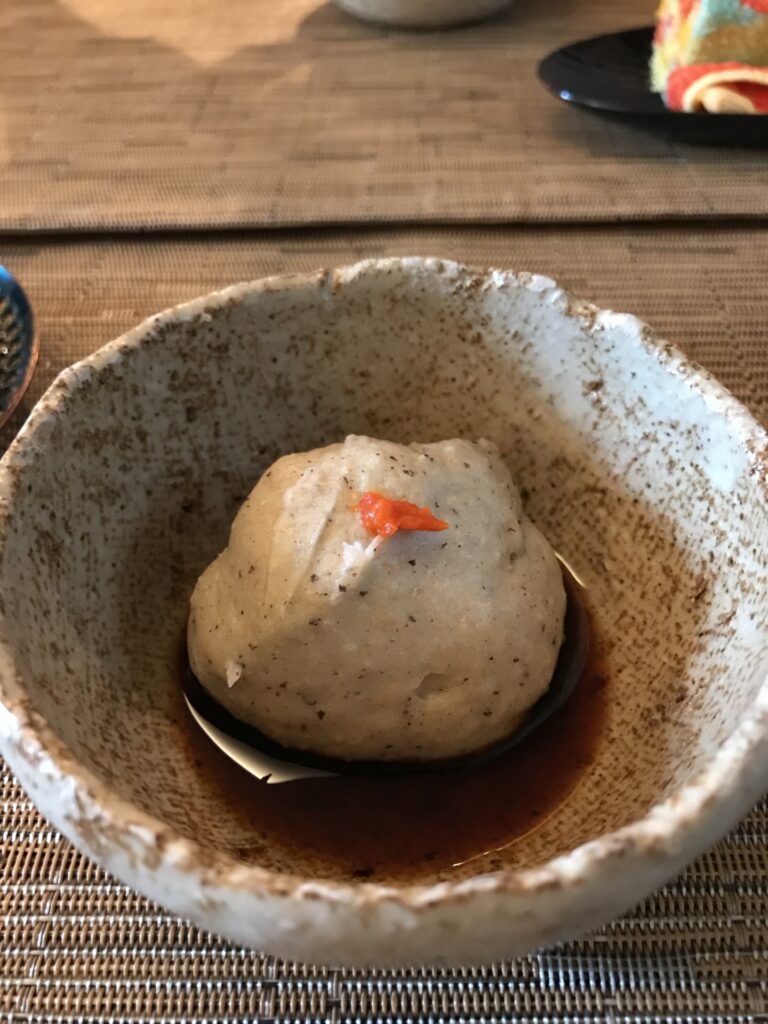
That is why we talked about the Edo era first. We have already touched on the time with this web page. It was the time of the Renaissance in Japan.
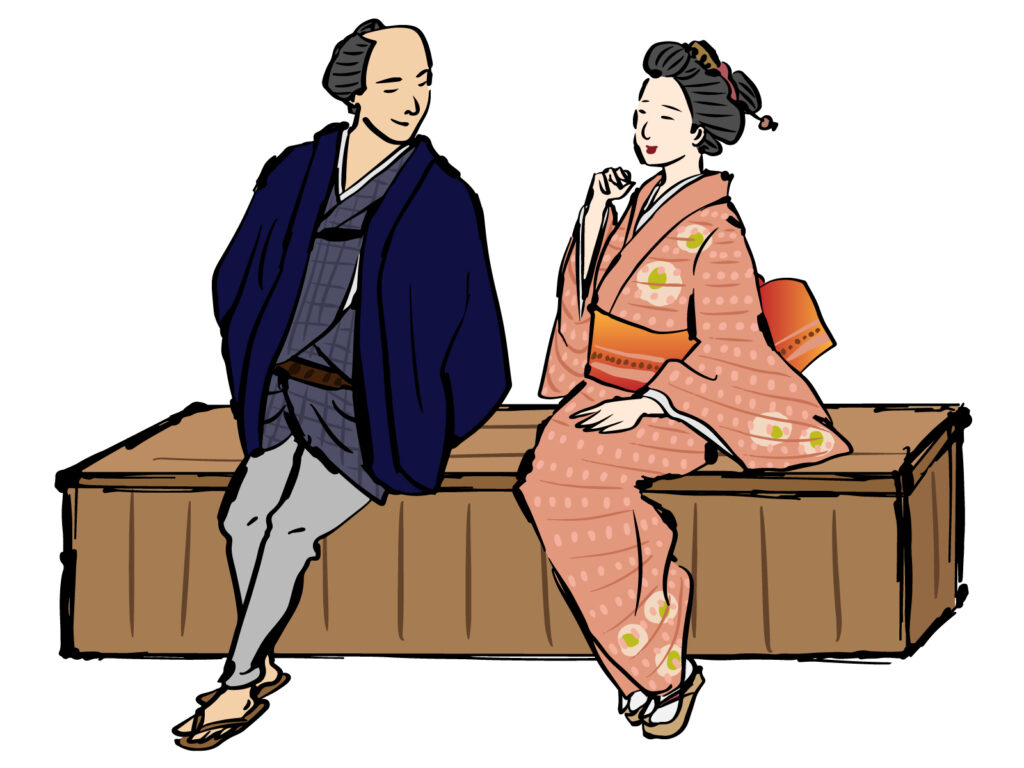
The average level of daily life, education, and entertainment improved so much, and food was no exception. Yap. They (the soba/blackheads) finally formed a noodle style.
Besides, there is a fact about the Soba population.
Do you remember? The ancients cultivated them before the modern agricultural system emerged.
That means the buckwheat is a resilient plant that thrives in rough conditions, such as poor soil nutrition or drought.
Yes. It was easy to invest in, readily available in any market, and thus became an inexpensive product. That was the reason Soba noodles became common among the citizens of Edo.
However, it is hard to elate the powder with water because the Soba seeds do not contain gluten that connects to water molecules for stickiness.

Indeed. It is hard to make a material from buckwheat.
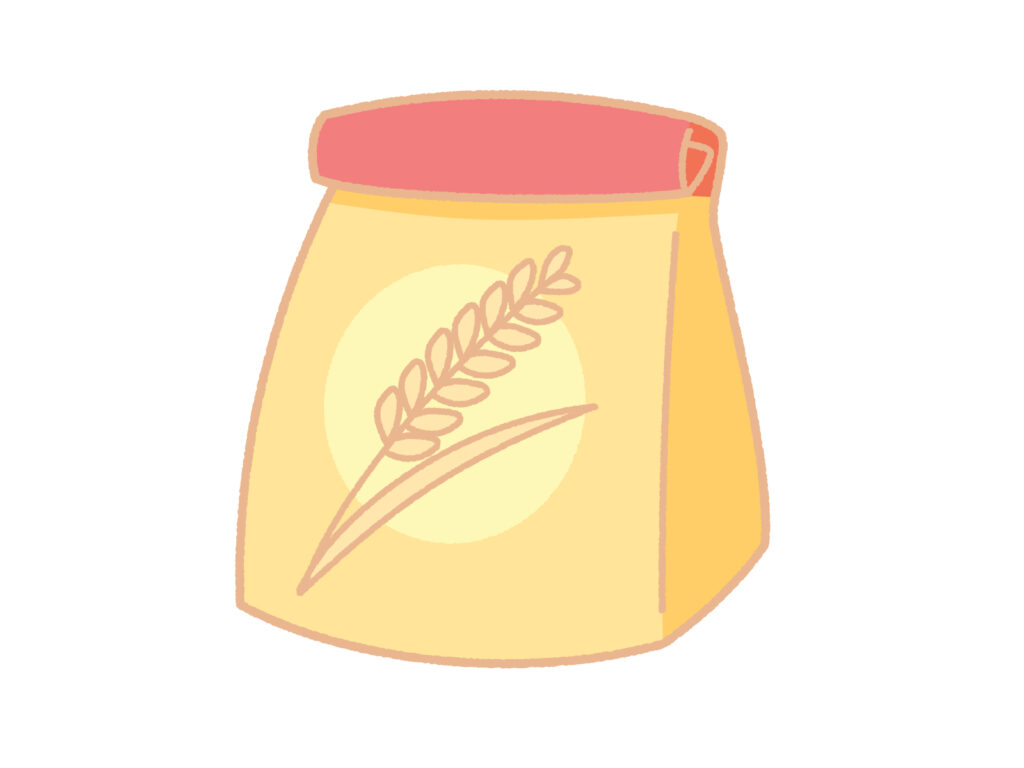
But they did not quite! The ancient Japanese found a solution by blending the powder with flour.
It is where one feature of Soba noodles, the blending ratio, comes in.
In the Edo era, chefs were usually keen on creating the original (and most delicious) ratio. They also named each menu with the ratio.
Let us see those menus.
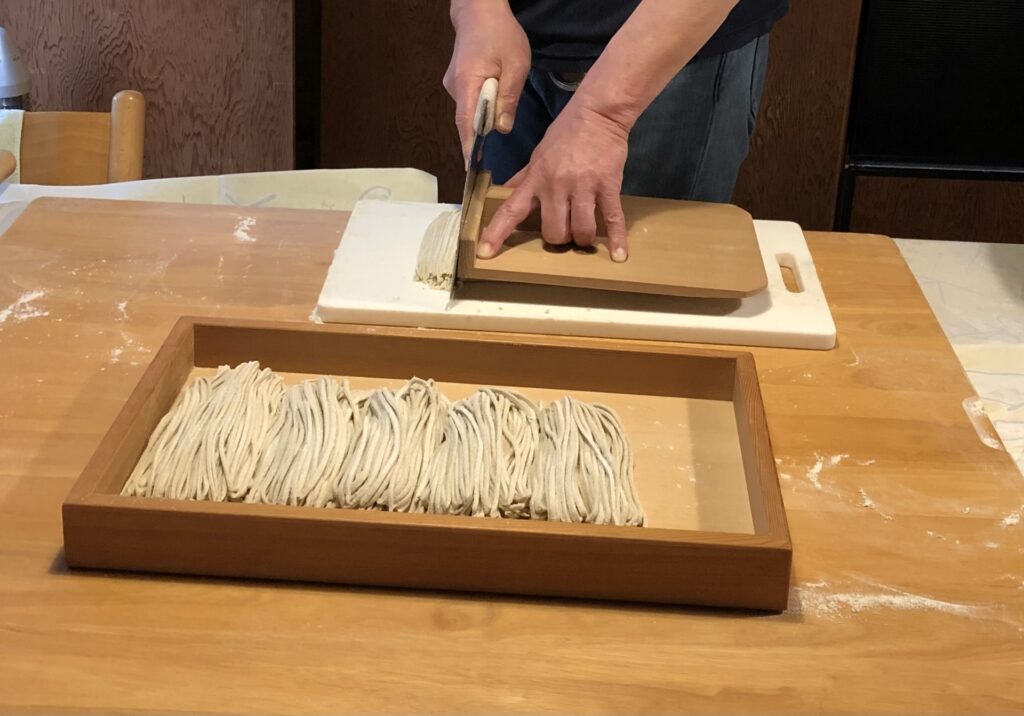
Zyuwari (100% of blackweat) Soba
Kyuwari (90%) Soba
Nihati (80%) Soba
Shitisan (70%) Soba
These are some examples. Around them, the Nihati Soba is the most common ratio in Japan.
So, how about one another feature, menu?
Let us see.
The (few) menus of Soba noodles
Tukimi Soba
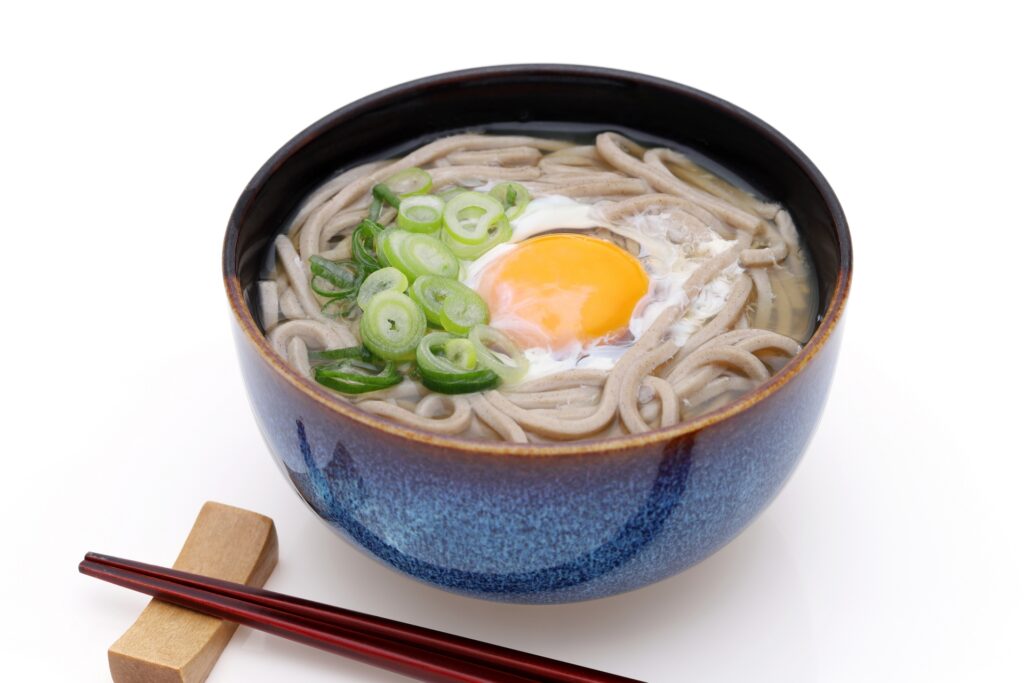
By direct translation, it means Seeing Moon Soba (Tsuki means the moon, and mi is seeing).
We Japanese have a traditional habit. It is to enjoy the sight of the full moon, with some snacks and drinks.
So, this menu imitates the full moon with an egg.
Kitsune Soba
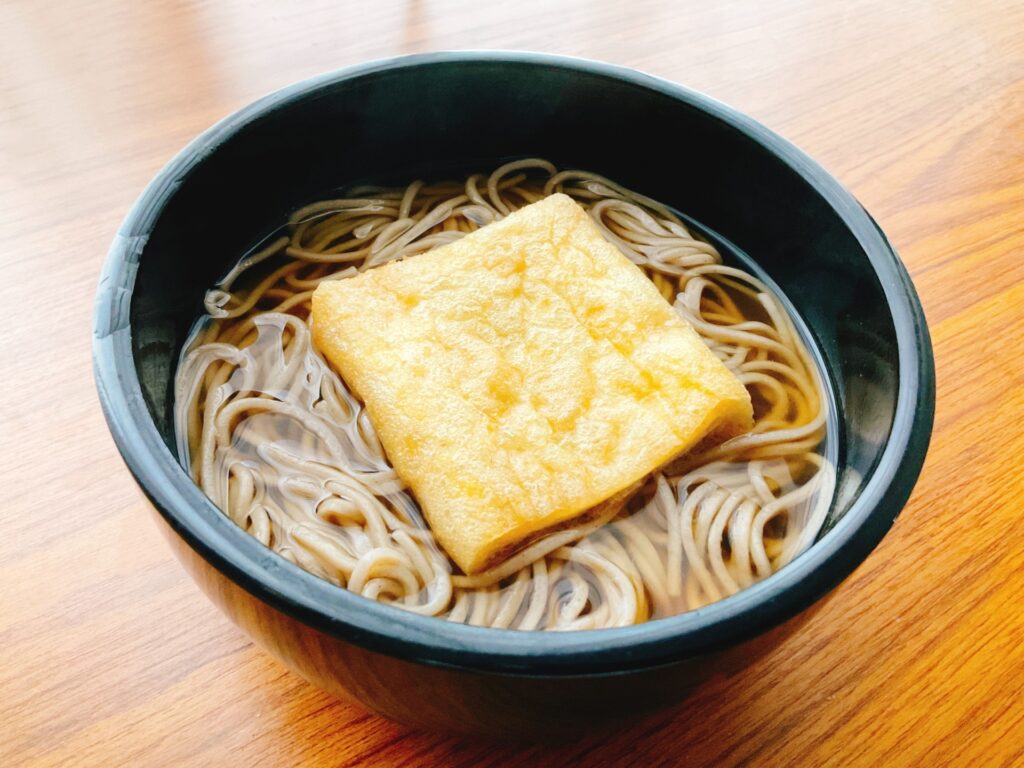
It says Fox Soba. Why do we call the menu like that?
The noodle has a thin layer of fried tofu on the surface. It is the Abura Age (Deep fried with oil, it says).
One God in Japan, Inari, loves that food. Interestingly, the servants of the god (or got itself) formed a fox.
That is why the menu followed the god.
That is why the menu followed after the god.
Tempra Soba
We think some lovely readers might already know that fried food, Tempra. It is deep-fried foods covered with flour. They are mainly vegetables or some kinds of fish.
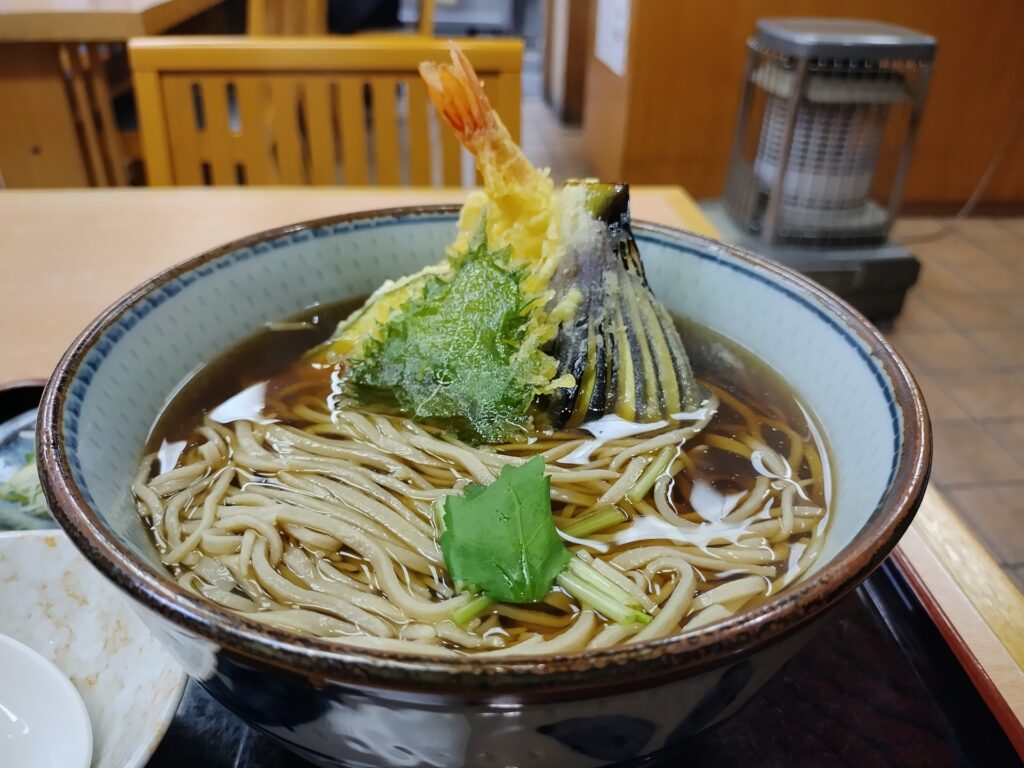
It has various foods covered with flour and deeply cooked on the surface. It sounds gorgeous.
That is why the invention came from the Edo era. Do you remember? The era was called the Renaissance of Japan. Thus, the people could get various ingredients (except for meats forbidden by Buddhism).
Tanuki Soba
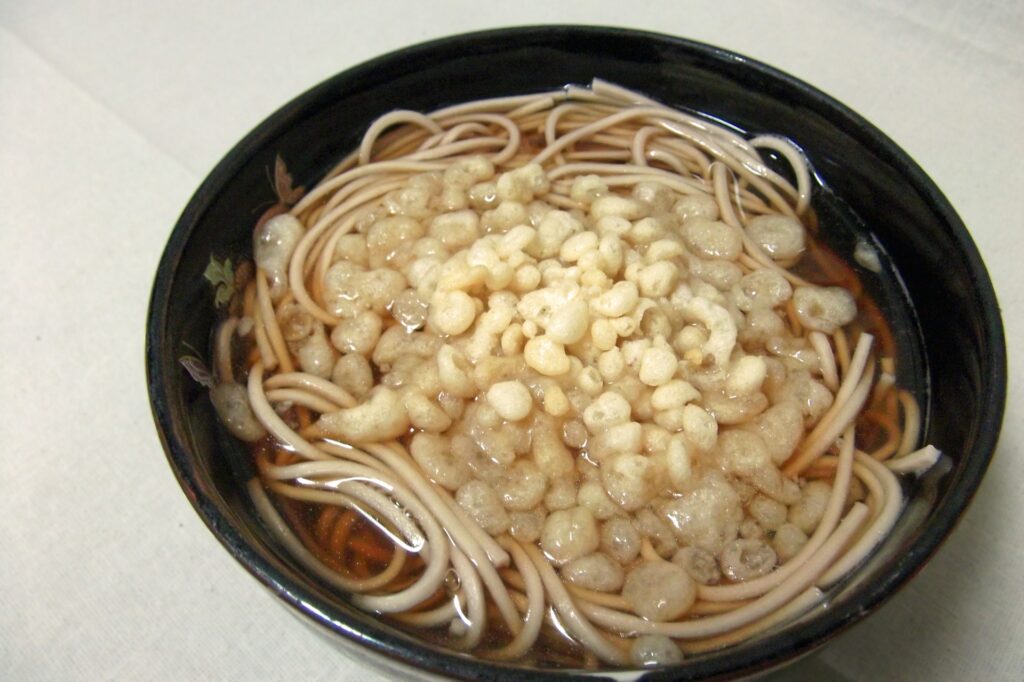
What kind of animals come after a Fox?
It is a Japanese animal known as the Tanuki, often referred to as a raccoon dog.
Indeed, there is a famous Soba noodle dish called Tanuki Soba.
This menu does not use Abura Age but only deep-fried batter for the tempura.
It was not a mistake. The topping on the noodles is only deep-fried batter (small portions of flour cooked in the oil).
Why do we call it Tanuki (Japanese raccoon)?
The key is the previous menu we wrote, the Tempra. We refer to the main ingredient of Tempra as Tane, and we say that anything taken is called Nuki.

The Japanese raccoon is Nanuki.
Please say continuously Tane (ingredients) and Nuki (taken).
Yes. We unnoticeably say NANUKI (Japanese raccoon). It is where the name comes from.
Tororo Soba
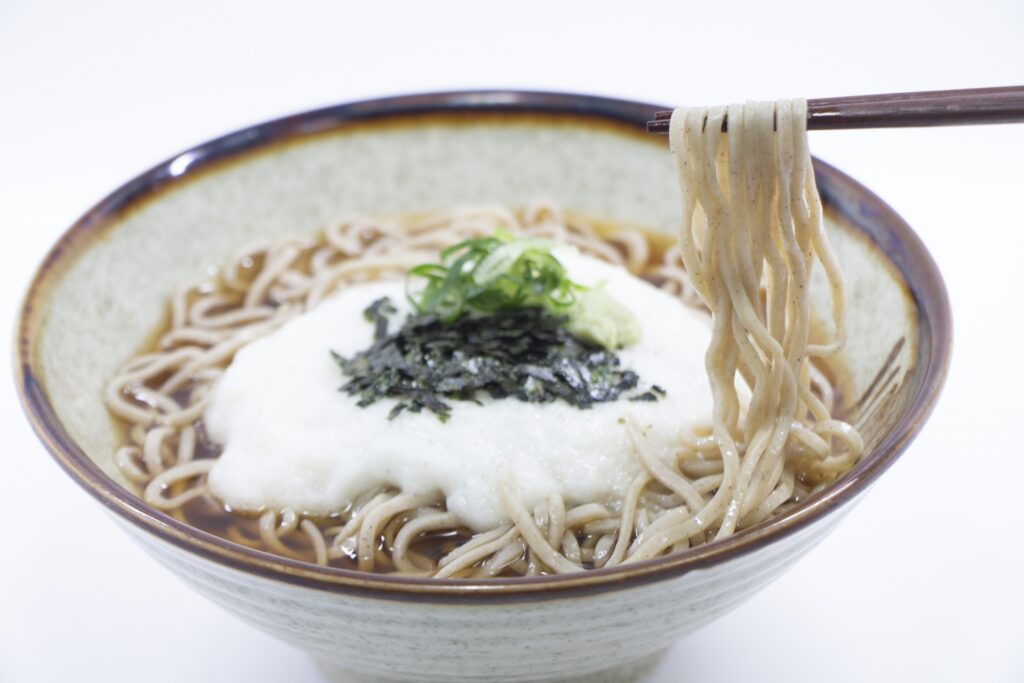
We can not forget this Soba menu. So, it is one of the most popular and unique ones. It is Tororo Soba.
What is Tororo?
The text refers to Japanese yams. It is a type of wild potato found in mountainous or hilly regions.
Chefs will grate the yams into the paste and adjust the flavor with Dashi soup (Japanese soup stock). Then, they put the paste on top of the Soba noodles.
The texture of pounded yams is rough and sticky due to the presence of layers of glycoproteins.
They work for our nutrition and also invigorate us. Thus, the travelers enjoyed the noodles.
That means it became famous in rural areas (primarily around the northern parts), far from the cities.
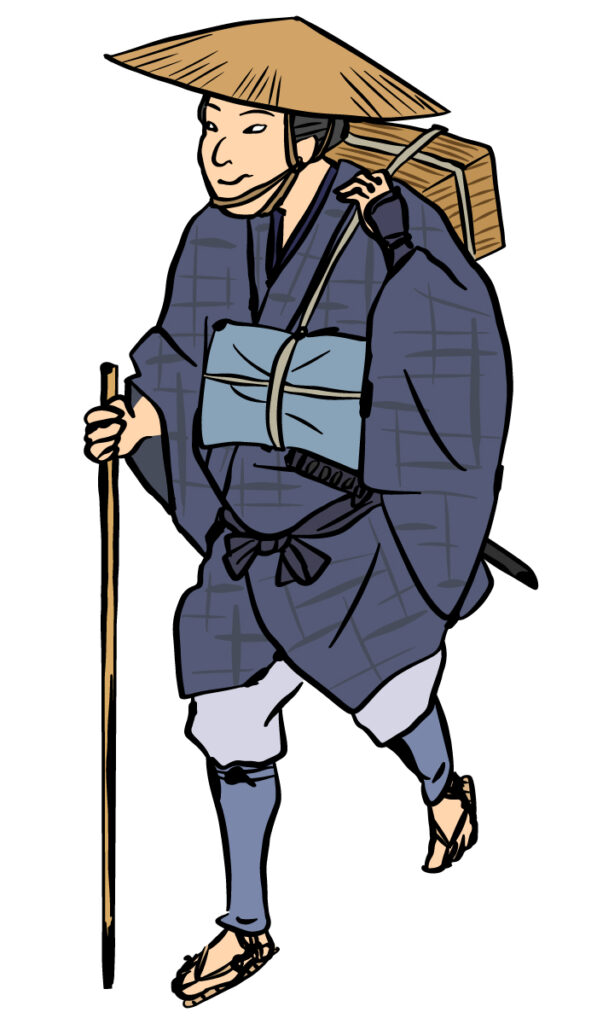
One more advantage. Almost all of those areas were near mountainous terrain. Do you remember? The yam, tororo, is like a wild, nutritious potato living on hillsides.
So, the menu was an invention of the suburbs.
Wow! The Soba menu features a wide variety of unique dishes. However, it is not over yet. We Japanese have an unbelievable event with the Soba noodles.
It says Wanko Soba.
Let us see the details.
The crazy event Wanko Soba
This festival is popular in Iwate prefecture. It is also in the Northern part of Japan.
The purpose of the event is to welcome travelers from far away. Thus, the inn workers usually held this event.
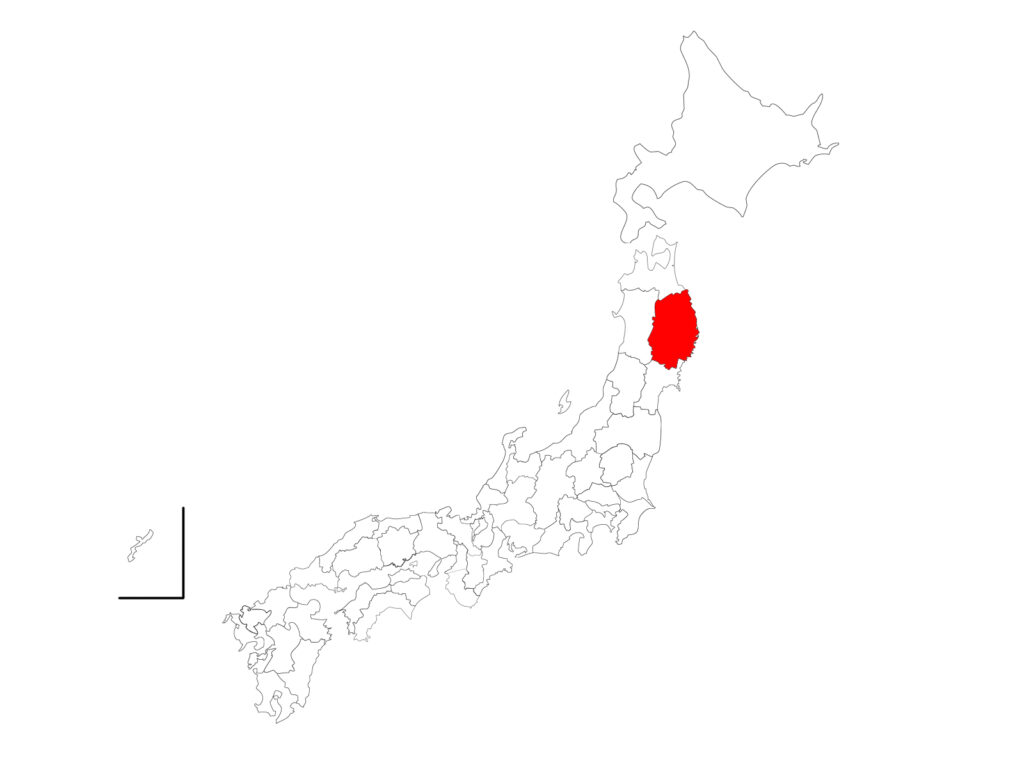
So, how do they celebrate?
It is simple. The workers provide customers with Soba noodles made from locally harvested ingredients in the prefecture until they feel full.
However, the procedure is INSANE.
What does it mean? Let us see how they prepare for the event and how the festival goes.
There should be only one small table and chair. The customer sits down, and workers pass a small bowl and chopsticks.
Now, the customer is ready.
Then, one more.

A worker stands near the customer holding many (many) portions of Soba noodles on plates. Each one is just one slurp size.
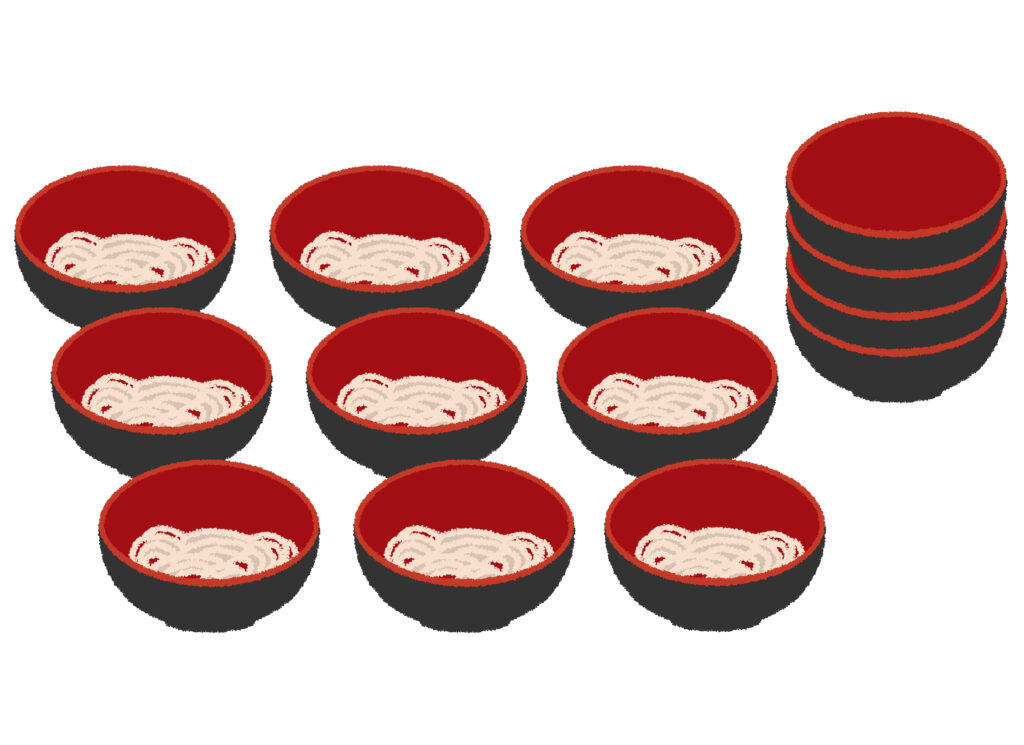
The atmosphere before the event is tense and unique, like the moments before the starting whistle of any game.
After the start, the worker quickly pours a potion into his (the customer’s) bowl. He needs to eat the poured noodles with one bite (like sipping) because it is good manners for the event. When she (the worker) saw that the bowl was empty, she promptly served another round.
It seems boring.
However, it is a quick (so much) routine like firing a machine gun. Eat and get another round, eat and next, eat and next, EAT AND NEXT!
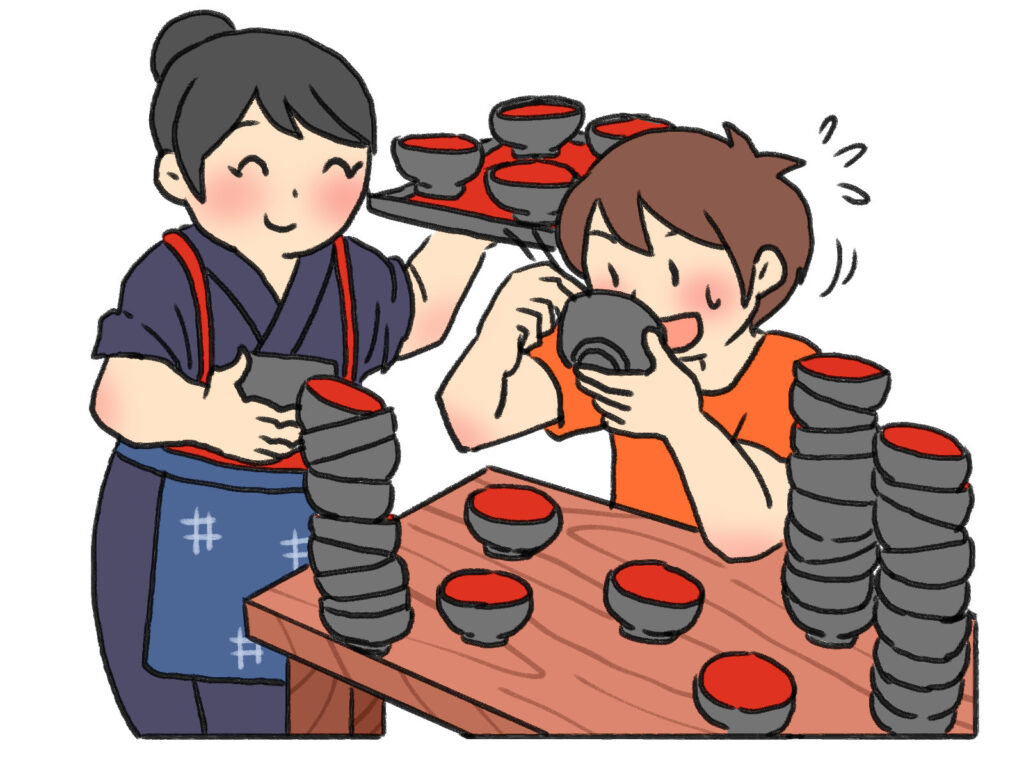
Indeed. The worker will continue serving until the customer reaches their limit. So, how can the customer tell the worker he is full?
When the customer feels full and wants to stop eating, he must cover his bowl with a lid.
Yep. Covering the bowl is a sign of satisfaction.
Do you think it is simple? Please remember what the customer has. He holds a bowl in his left hand and uses chopsticks with his right. So, he is busy with both hands.
That means he needs to put his chopsticks down on the small table. Then he needs to grab the lid and cover it.
It is hard because the customer needs to sneak the action into the quick routine (or rhythm). If he messes up the opportunity, the worker continues to pour the noodles into his bowl. The worker never cares about your limitations. So, he will give the next round forcefully, quickly, and repeatedly.
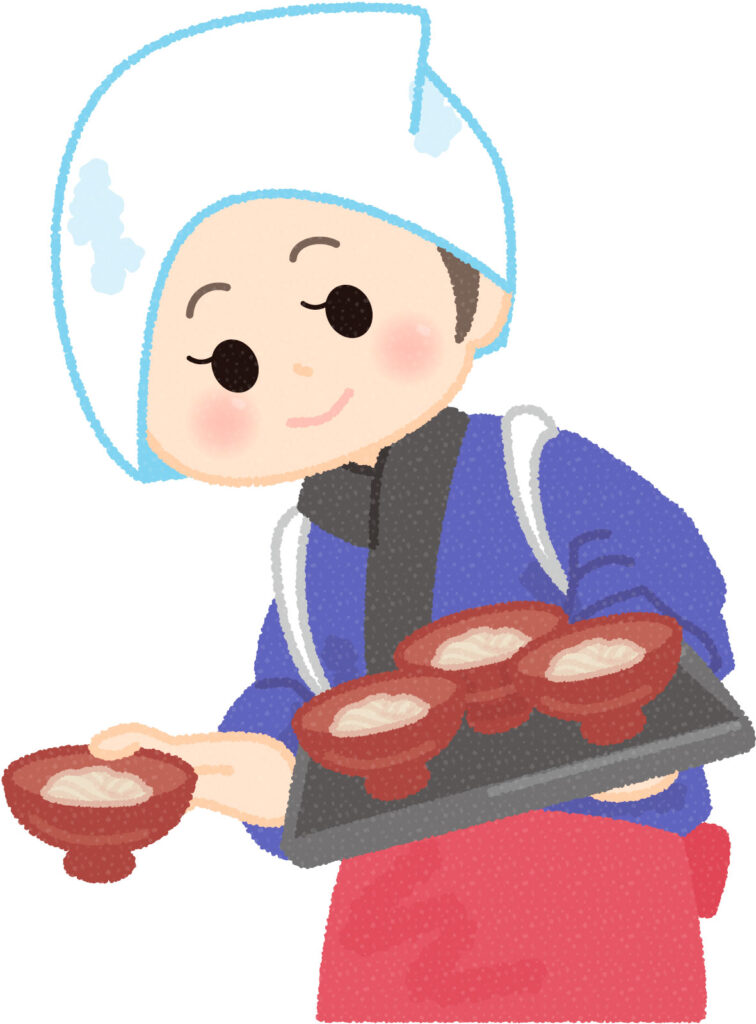
Oh, great.
BTW, what is the best record?
You would not believe that. It is the 753rd from WOMAN (2024).
Horry Sh_t.
To close
Few! It is all today!
But please remember. The tips we gave you today are the tip of the iceberg.
If you have the opportunity to visit our country, you would notice that there are many other menus about Soba noodles.
Similarly, our blog also contains various information about Japan! We now have four categories: Japanese lifestyle, food, religions in Japan, and the Edo era. If you are still curious about our pages, check them out and boost your knowledge about Japan.
OK! Time to leave! See you for the next uniqueness of Japan!
